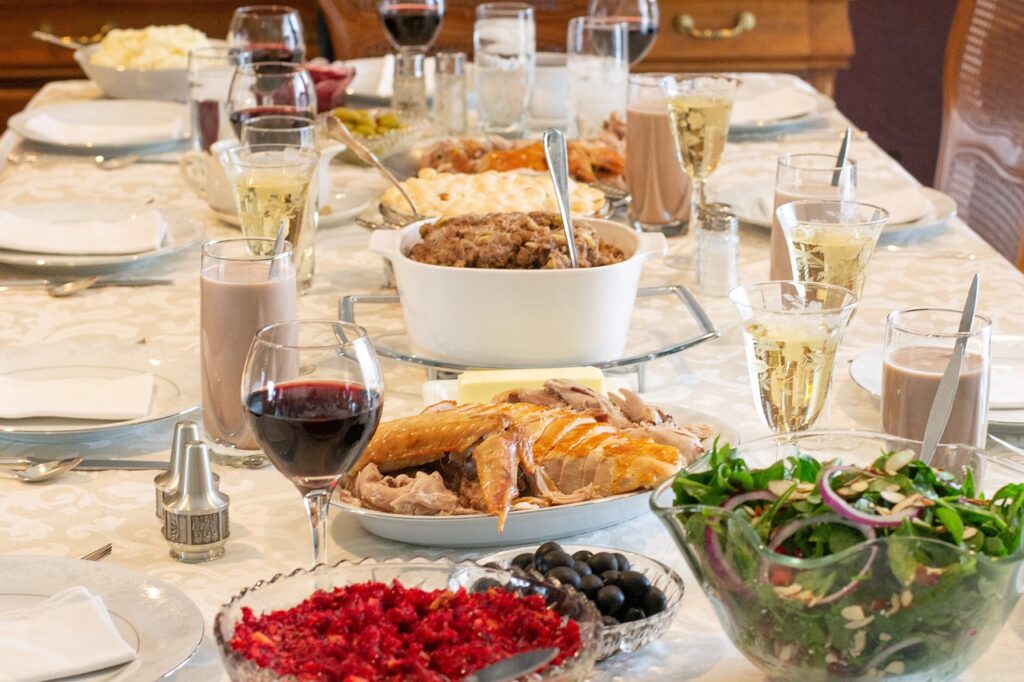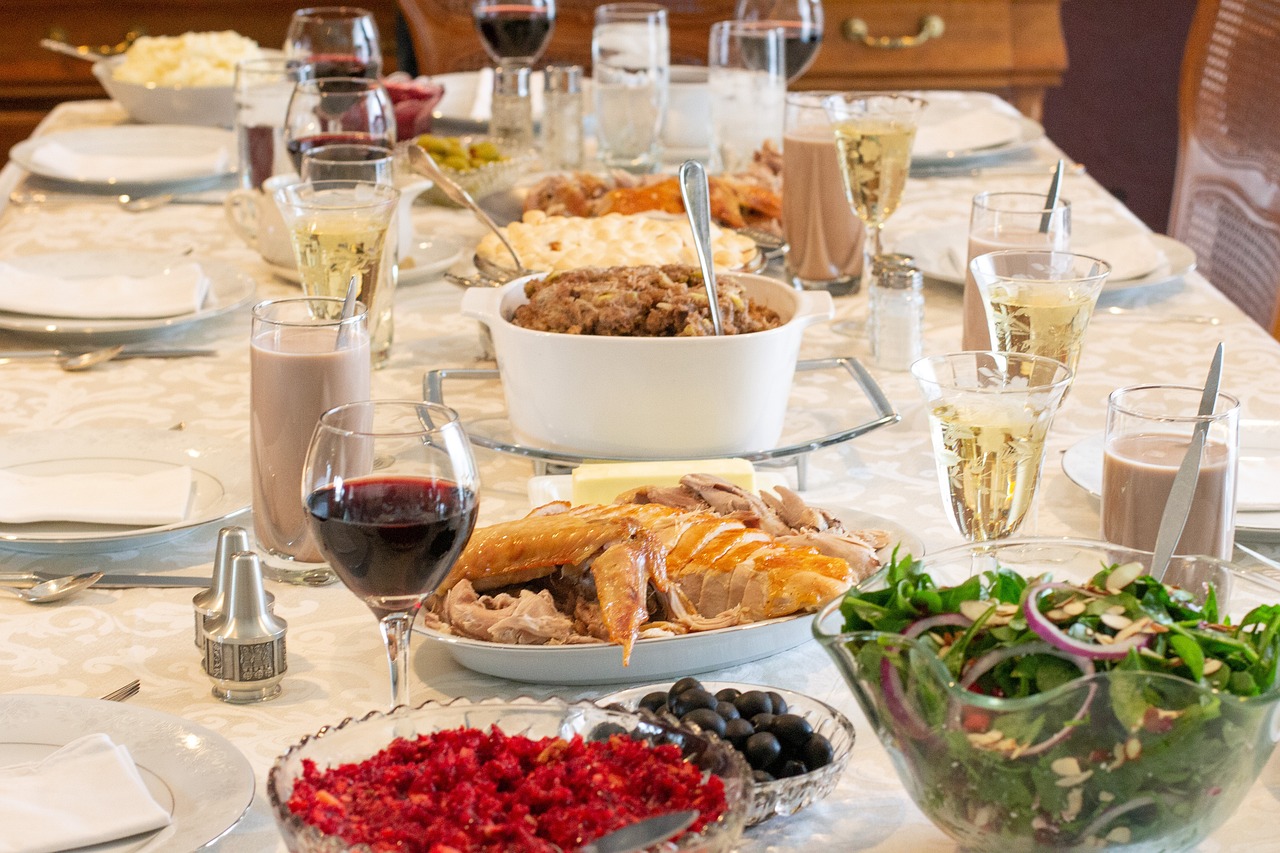From Thanks To Giving: The Impact Of The Annual Turkey Drive On Local Communities
Thanksgiving is a time for gratitude and giving back, and one of the most popular ways to do so is through turkey drives. These events provide families in need with a traditional holiday meal and unite community members to support a common cause. Bartolo Hernandez shares the history of turkey drives, their significance, evolution, and positive impact on local communities.

History of Thanksgiving and Giving Back
Over the years, Thanksgiving has become synonymous with family gatherings, feasts, and football games. However, its origins can be traced back to 1621 when the Pilgrims in Plymouth, Massachusetts, celebrated their first harvest with a three-day feast involving Native American tribes. This tradition of giving thanks for a bountiful harvest continued through various colonies and states until it was officially declared a national holiday by President Abraham Lincoln in 1863.
But Thanksgiving is not just about giving thanks; it’s also about giving back. The concept of charity and helping those in need has been intertwined with the holiday since its inception. In fact, during the first official Thanksgiving celebration in 1789, George Washington called upon all Americans to express gratitude for their blessings by helping those less fortunate. This idea of giving back and supporting one’s community has been a core aspect of Thanksgiving ever since.
Impact of the Annual Turkey Drive on Local Communities
One of the most significant ways Thanksgiving has evolved is through the tradition of turkey drives. These drives are organized by various charities, churches, and organizations to provide meals for families in need during the holiday season. The impact of these turkey drives on local communities cannot be overstated. They provide a warm and hearty meal for those who may not have access to one and bring the community together in a spirit of giving and solidarity.
Moreover, these turkey drives have a far-reaching effect beyond providing food for needy families. They also help stimulate the local economy by supporting small businesses and farmers supplying turkeys and other meal ingredients. Additionally, these drives often rely on volunteers from within the community, promoting unity and camaraderie among its members.
How Organizations and Individuals Contribute
There are various ways in which organizations and individuals contribute to the annual turkey drive. One of the most common ways is through monetary donations. Many non-profit organizations and charities rely on financial contributions from individuals or businesses to purchase turkeys and other food items for their drives. This not only helps provide meals for families in need, but it also supports local businesses by purchasing food items from them.
Another way organizations and individuals contribute is through volunteering their time and resources. Many charities and churches organize turkey drives that require volunteers to help prepare, pack, and distribute the meals. This not only allows for a smooth operation of the drive but also provides an opportunity for individuals to give back in a more hands-on way. Individuals and businesses can donate turkeys or other food items directly to the drive, further supporting the cause and impacting those in need.
Final Thoughts
The annual turkey drive has become an integral part of Thanksgiving celebrations for many communities. What started as a simple feast to give thanks for a bountiful harvest has evolved into a tradition of giving back and supporting local communities. The impact of these drives on individuals and the local economy cannot be overstated, and it is heartwarming to see how organizations and individuals come together to make a difference during the holiday season. As we continue to celebrate Thanksgiving each year, let us remember the true spirit of the holiday – giving thanks and giving back.
